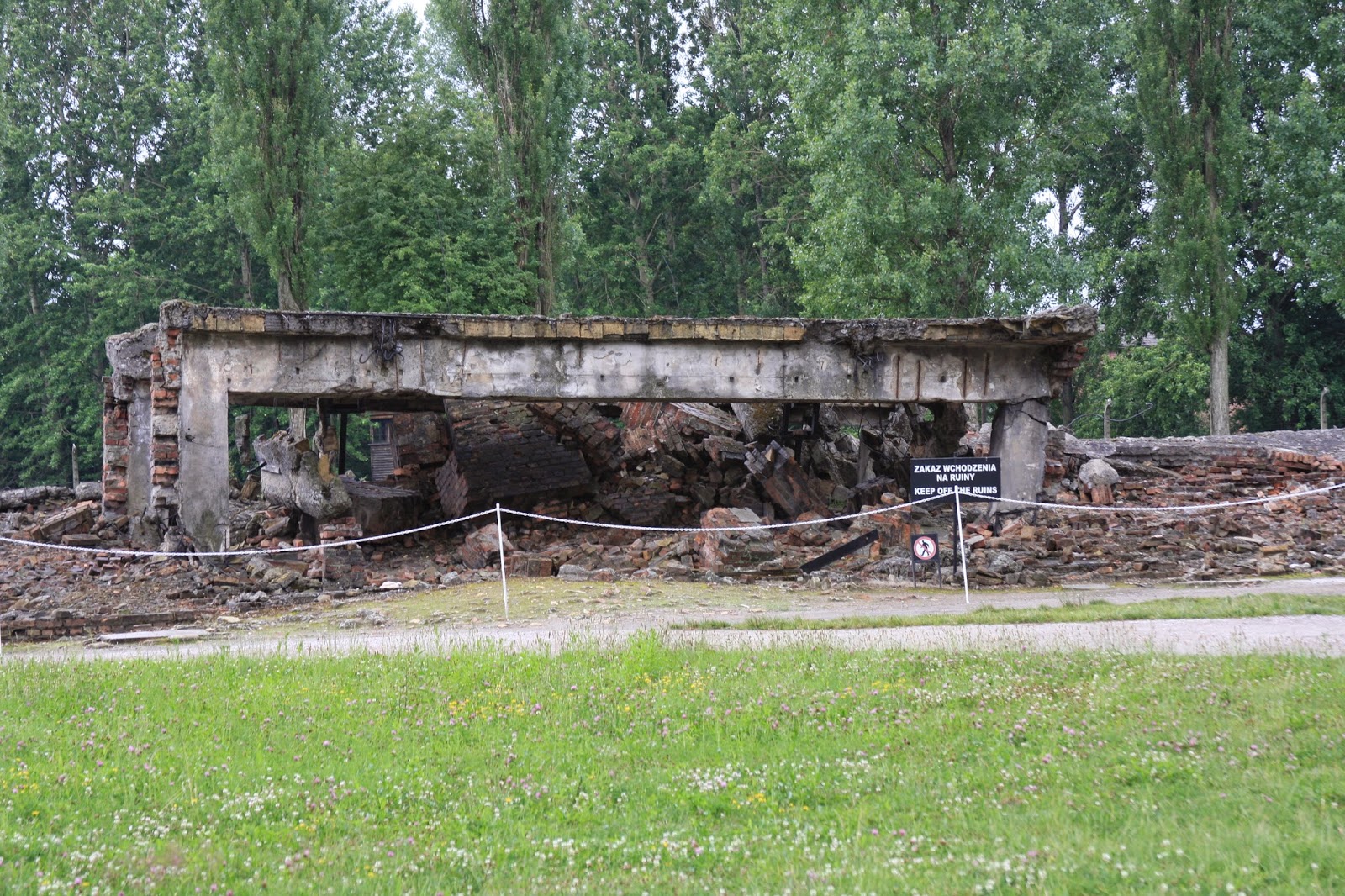I have always wanted to visit Auschwitz. It was high tourist season so we had to go through with a guide which was great because she was able to explain a lot of the history. The most impressive part to me that helped me understand how many people moved through the camp was when they showed some of the personal items that people had brought with them. Rooms 50 feet long with glass cases 20 feet high filled to the brim with shoes, another with suitcases that had names, birth dates and countries of origin on them. Another room had a case filled with 1000s of pairs of eye glasses, another with 1000s of pots and pans, cooking utensils. It is unbelievable. The hardest part was seeing the display of human hair. The Nazis would shave their heads and save their hair to use to make nets and textiles. When the camp was liberated they found 7 tons of hair that had yet to be delivered to the factories. Because of the massive amount found, they could only display 2 tons. It boggles my mind to think how many people it would take to make up 7 tons of hair. We also learned that the Nazis used every part possible of the person to make consumer goods; human fat to make soap and candles, human skin to make bags.
We saw the cells used for punishment. One of them the prisoners had to enter through a small door near the floor. The cell was built to hold 4 people, standing room only. Prisoners were put there as a punishment and would have to stand for hours, days even with no room to sit down. Suffocation was common because there were no windows. We also saw the starvation cell. The Nazis believed in collective responsibility. If someone escaped, the others who remained behind would be punished. Father Kolbe was a priest imprisoned in Auschwitz and the Nazis were carrying out a punishment due to collective responsibility. Father Kolbe offered to take another man's place in the starvation cell because the man was worried about what would happen to his family if he died. After two weeks, all the other prisoners in the starvation cell had died but Father Kolbe was still alive. The Nazis killed him with a lethal injection.
If you ever have the chance to visit Auschwitz, I highly recommend it. It is an impressive site and gives a deeper understanding into the history of the Holocaust.
Ashes from the crematorium.
Zyklon B gas cans
Eye glasses
Prayers shawls
Pots and pans taken from the Jews when they entered the camp.
The execution wall.
One of the death chambers. On the roof is the opening where they would drop the poison in.
Scratches made with fingernails from the Jews trying to escape imminent death.
Birkenau Concentration camp
































No comments:
Post a Comment